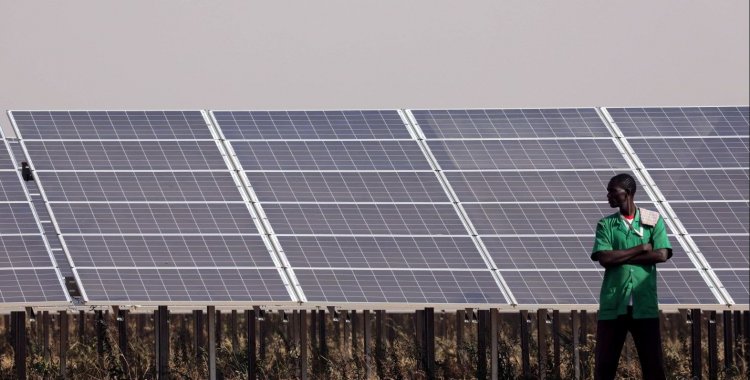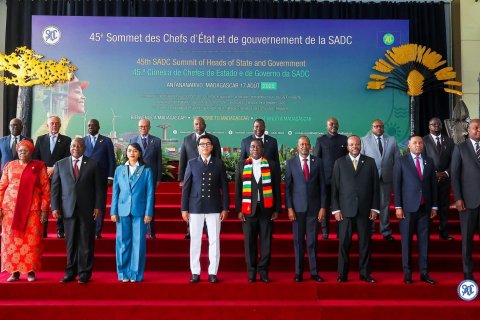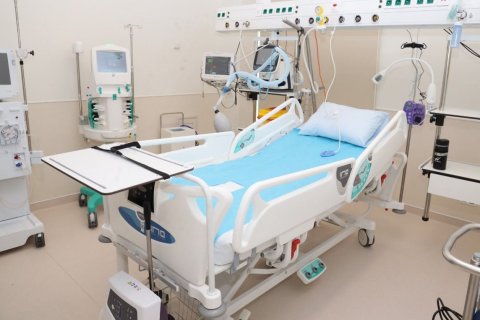According to the chairman of Solenova's Board of Directors, Germano Sacavumbi, who was speaking at a press conference, the plant should have a total capacity of 50 MWp (megawatts-peak), to be implemented in two phases, the first being 25 MWp.
Sacavumbi said that the construction of the first phase is already underway, with its launch expected this month, with completion expected by the end of this year and the supply of renewable energy to the southern region of the country in the first quarter of next year.
"We have, on the ground, the work to be developed and this project arises from a strategy of Sonangol, which aims at the passage or the introduction of Sonangol in the embrace of clean energies", said Germano Sacavumbi, stressing that the project aims to diversify the energy matrix Angola, whose sources are water (60 percent) and thermoelectric (40 percent).
The official said that the energy to be produced will be injected into the southern transmission network, with a transmission line that passes a few meters from the location where the project will be developed, "energy that will all be acquired or delivered to the National Energy Transport Grid ".
Germano Sacavumbi stressed that Angola still has some energy deficit and this project will improve the living conditions of the populations and leverage the business environment, with the creation of energy conditions, especially in the provinces of Namibe and Huíla.
"One of the biggest constraints that companies have had in investing has been the limitation of energy, this project comes to give greater subsidy and confidence to investors", he stressed.
Regarding the environmental impact, Germano Sacavumbi stressed that, both for Sonangol and for the country, the project will help to reduce the consumption of diesel for the thermal plants, stressing that the Namibe region is mainly supported by thermal plants for the supply of energy, as well as the emission of greenhouse gases.
With an investment of around US$42 million and the creation of 350 jobs, in the construction phase, the project will have a useful life of 25 years, with a return on investment in the next 10 years.
When the plant starts operating, he continued, savings of around US$28 million are expected in the replacement of renewable energy by diesel that feeds the thermal plants, in the first phase of the photovoltaic plant in Caraculo.
Germano Sacavumbi said that the operation and maintenance of the means is ensured in this project, noting that "it is not complex at all".
"We are talking about solar panels, simple technology and their handling is not so complicated. This is not a constraint", guaranteed the official, stressing that the origin of the technology is from China and Europe.
In Angola, around 40 percent of the population still does not benefit from electricity, especially in rural areas, underlined Germano Sacavumbi, noting that the cohabitation between the two energy sources will continue for a while.







